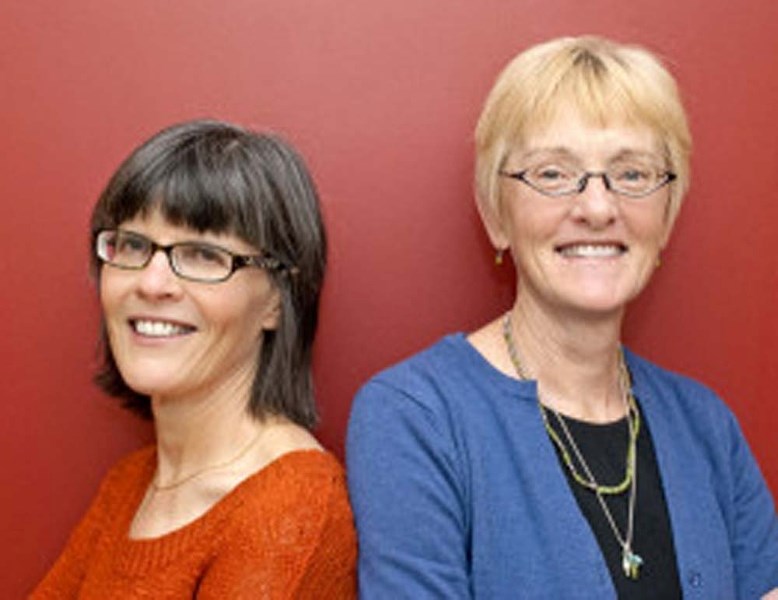What is prairie food? Perogies and cabbage rolls? The traditional foods of our First Nations Peoples – bannock, pemmican, corn, beans, squash and saskatoon berries? All these have a place on the list, but a closer look reveals that Manitoba, Saskatchewan and Alberta are also big on root vegetables, grains, beef and pork – and the country overall is a leading producer of wheat, grains and canola oil.
Putting healthy local foods into meal form, and eventually an “eating plan” book, evolved over the last several years when U of A researchers and nutrition professors Dr. Catherine Chan and Dr. Rhonda Bell through PANDA (Physical Activity and Nutrition for Diabetes in Alberta) were asked by patients with Type 2 diabetes to create healthy meal plans using “real foods, served from the same pot as everyone else in the house – not special foods, and not ones that made them feel deprived.”
Bell and Chan responded to the challenge of building healthy meals for diabetic patients and, a few years and much research and recipe-making later, the result was Pure Prairie Eating Plan (PPEP), a nearly 200-page book for everyone, diabetic or not, with four weeks of complete daily menus (including three meals and three snacks) that incorporates food produced in the Canadian prairies.
Full-colour recipes (with grants and many recipes donated from prairie commodity groups representing canola, barley, milk, pulse, wheat, beef, potatoes, livestock and meat – plus Alberta Diabetes Foundation and Alberta Diabetes Institute) are enhanced with weekly grocery lists, cooking tips and ideas on modifications/food substitutions. The whole package has touched a chord with eaters and readers – PPEP is a hit, as it’s even been on the Edmonton Journal’s bestseller list for several recent weeks.
“We never thought we’d be authors, much less on a bestseller list,” laughed Chan. “But I’m not going to quit my day job.”
Maybe not, but the pair can enjoy the limelight with book signings (one is coming up March 13 from 11 a.m. to 2 p.m. at Audrey’s Bookstore in Edmonton) and healthy sales for PPEP online (Amazon.com) and at several city retailers (check pureprairie.ca for details). The book is now also available at The Bookstore on Perron in St. Albert.
“People tell us that they appreciate the easy-to-find ingredients and simple recipes – everyday foods from the local grocery store,” Bell said. The authors say PPEP teaches a long-term adherence to a healthy diet and lifestyle, without championing the “super food” of the day – things like kale or raspberries. “Or maybe people just like our 15-minute tomato bean soup or the berry citrus brown betty.”
While it started as something akin to a “Mediterranean diet,” the authors made PPEP prairie-friendly with easy swaps of canned tomatoes for fresh; beef and pulses for protein and using what grows on the prairie in season: squashes, saskatoon berries, and whole grains, for example.
“These are easy, cook-from-scratch meals, and once people get a hang of the recipes, we think they’ll become family favourites,” Chan said. “We’re taking the whole spectrum of food and using scientific evidence-based results to promote healthy eating.”
“I think what I’m most happy and proud about is that it’s not every day a scientist can directly translate their work into something that’s helpful for the general public,” added Bell.
Selling in stores for about $35, all proceeds from the sale of Pure Prairie Eating Plan go toward diabetes research.




